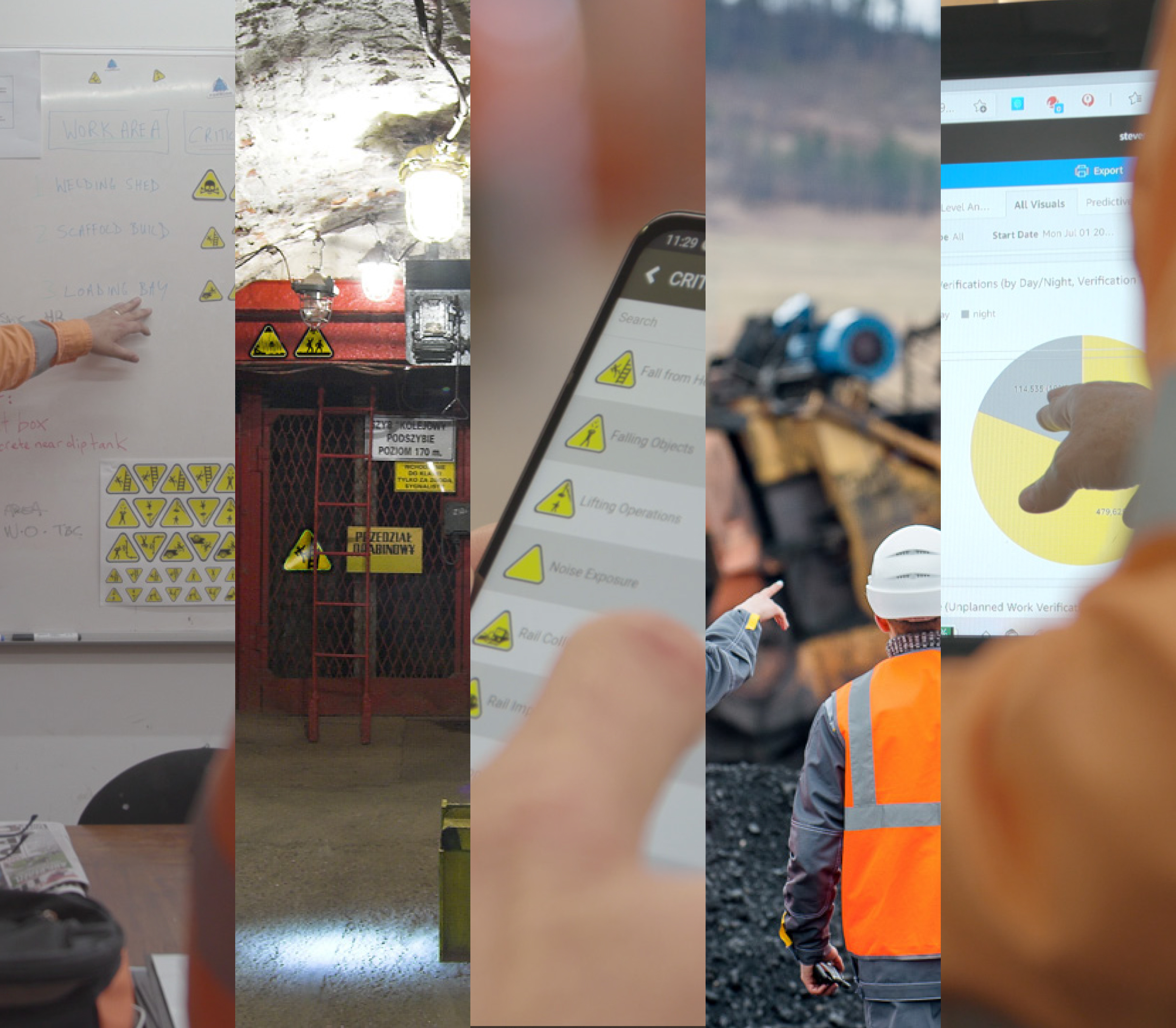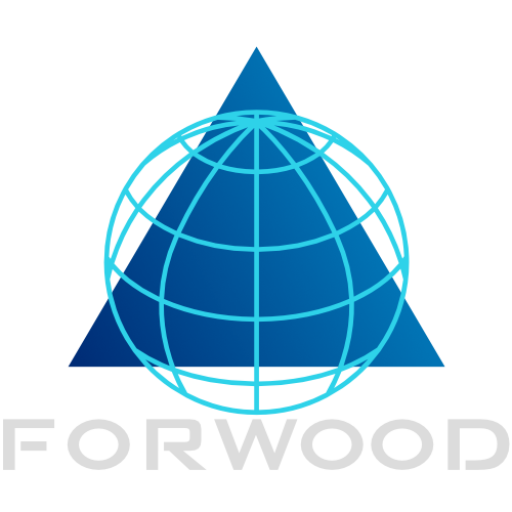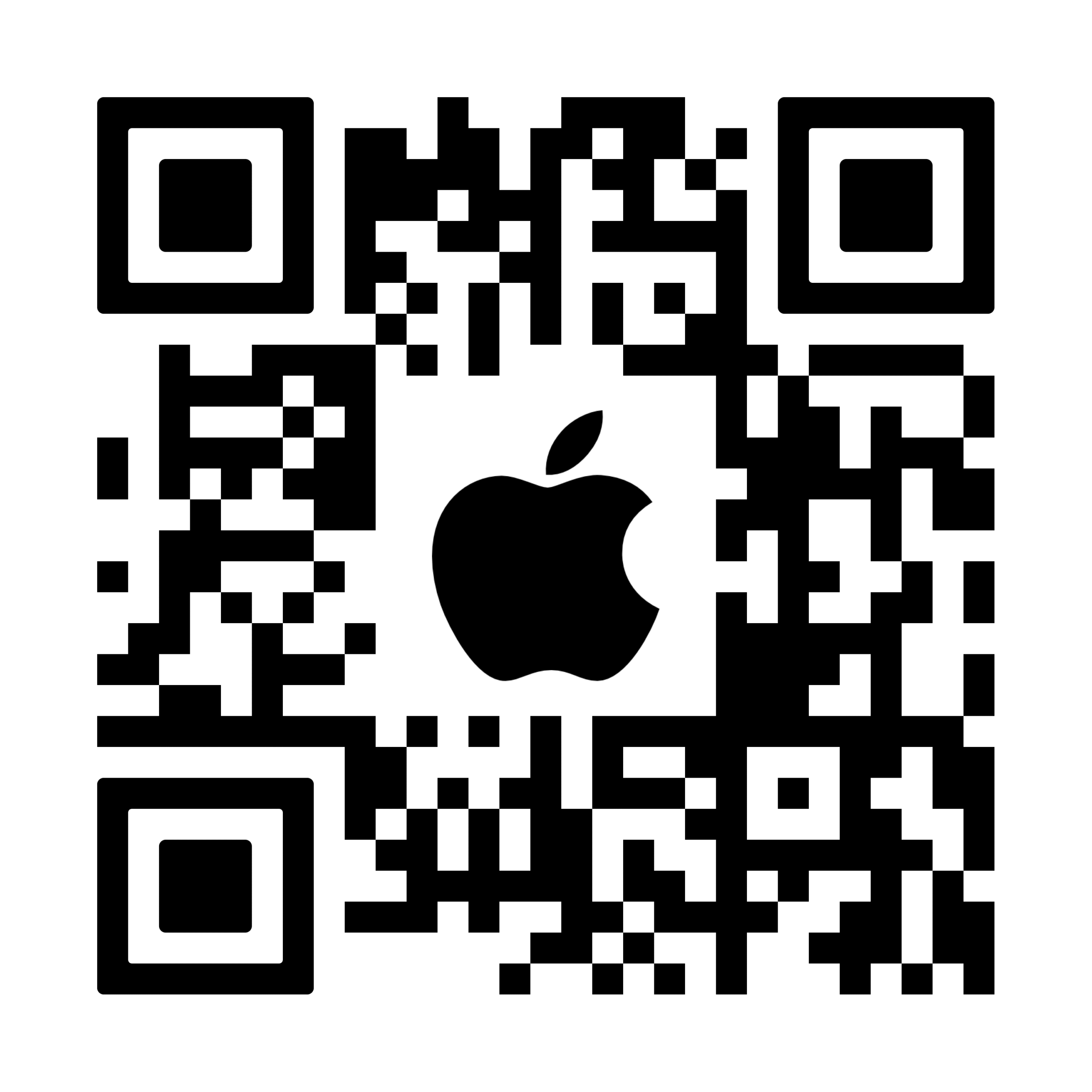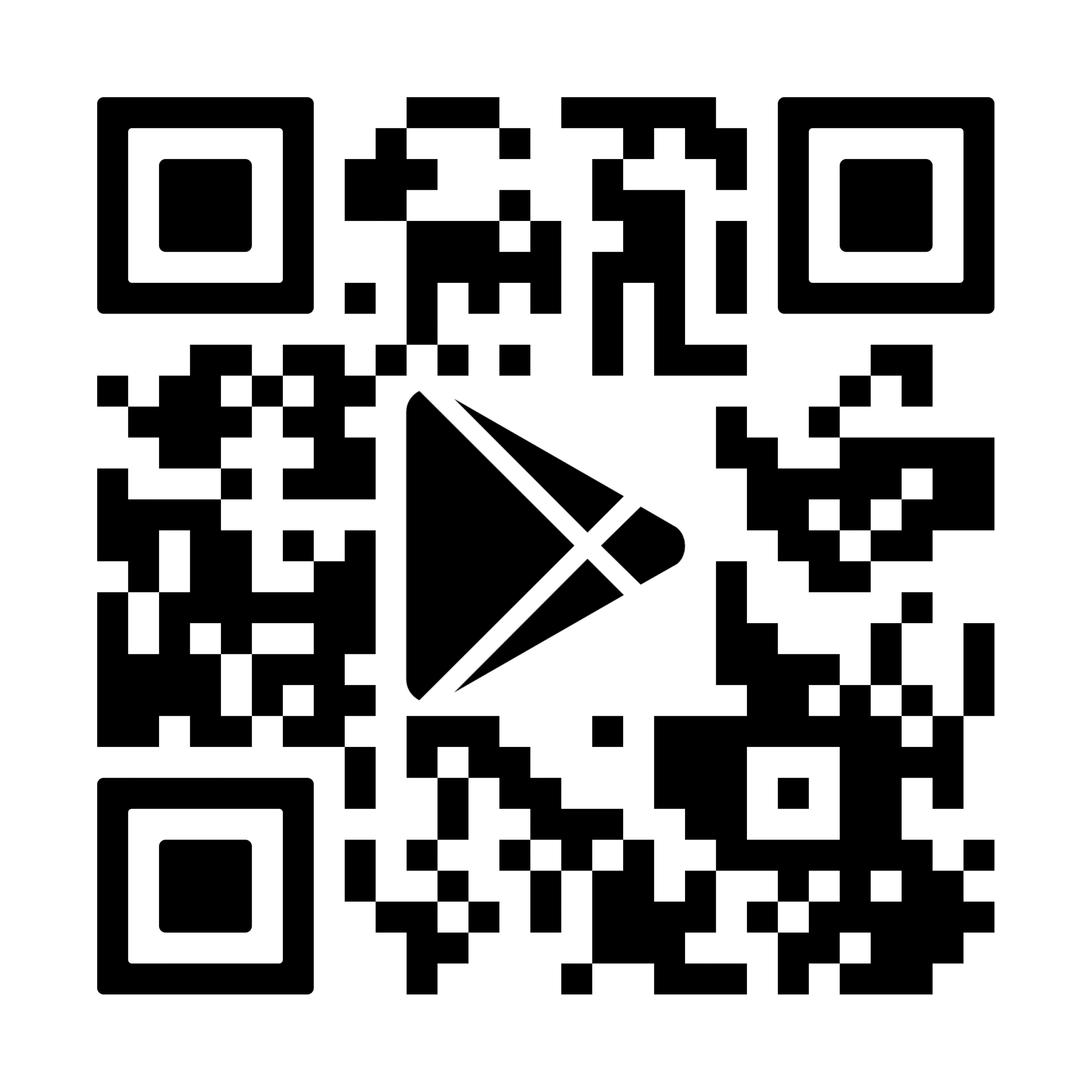Critical Risk Management for Fatality Prevention
The first CRM to truly change history
What Is Critical Risk Management?
Critical Risk Management is a complete, field-proven methodology for fatality prevention built on proven critical controls and engaged safety leadership. Grounded in a unique theoretical framework, this approach identifies fatal risks, implements robust critical controls, and verifies their effectiveness to prevent serious injuries and fatalities (SIFs).
History of Critical Risk Management
Forwood built the first Critical Risk Management methodology in 2010 . We have since led the way in developing Critical Risk Management to be the number one SIF prevention method in high-risk industries.
Here are some of our key milestones:
- From 2010 to 2012, Forwood built the first enterprise-grade critical control verification system for BHP at the Minera Escondida Mine in Chile.
- From 2012 to 2014, Forwood expanded the CRM system to all BHP copper operations in Chile and base metal operations around the world.
- In 2014, the International Council on Mining and Metals (ICMM) created the Health and Safety Critical Control Management – Good Practice Guide and Critical Control Management Implementation Guide based on the work Forwood had done in Escondida.
Unlike traditional safety systems, our methodology eliminates the guesswork by standardising how critical risks are identified and critical controls applied, verified, and monitored. Our flagship solution, CRM+ , fully integrates this methodology to streamline its application across sites and operations.
The 5 Pillars of Forwood’s Critical Risk Management Methodology
Forwood’s Critical Risk Management methodology is laser-focused on the elimination of serious injuries and fatalities.
Unlike other safety programs that seek to eliminate all hazards, Critical Risk Management only targets critical risks. Critical risks are a type of risk with the potential to cause life-changing injury or death.
We’ve identified the core critical risks that kill across industries (e.g. Fall from Height, Contact with Electricity, Vehicle Impact on Person) as well as the fatal risks specific to our client’s sites. By focusing on critical risks, organisations can directly target the causes of fatality and effectively eliminate SIFs.
Critical risks are managed with critical controls. Critical controls are essential safety measures for reducing or eliminating a critical risk, such as fall protection equipment when working at height and lockout-tagout procedures during electrical work.
To simplify the control of critical risk, Critical Risk Management introduces five integrated best practices that fit seamlessly into operational workflows:
- Identify and understand critical risks: Teams are informed of fatal risks before any work begins.
- Implement critical controls: The controls needed to eliminate fatal risks are clearly outlined.
- Verify critical controls: Teams use digital checklists to ensure all controls are in place.
- Monitor critical controls: Leading indicator data tracks how well controls are functioning.
- Continuous improvement: Proactively respond to emerging or evolving risk.

Each pillar ensures operational clarity and consistency, enabling organisations to proactively manage life-threatening risks.
Traditional safety programs often rely on lagging indicator data such as past incident reports, Lost Time Injury Frequency Rate (LTIFR), and Total Recordable Injury Frequency Rate TRIFR). While useful for evaluating past safety performance, these metrics can’t show what’s happening now or how risks may be changing.
In Forwood Critical Risk Management, leading indicator data collected from critical control verifications is used to identify potentially fatal safety issues as they arise. Corrective measures can then be put in place before a fatality can occur.
Get a full overview of the Critical Risk Management method and its five pillars. Learn how to identify critical risks and controls and implement an effective safety system that saves lives. Download the guide here.
Why Safety Leadership Matters
The success of Critical Risk Management is tied to strong safety leadership. Leaders must drive the cultural shift toward proactive risk management, embedding a mindset where teams are empowered to prevent incidents through knowledge and discipline. Leadership ensures that critical controls are non-negotiable and consistently verified before high-risk tasks.
Proven Results From Forwood’s Critical Risk Management Methodology
Forwood’s Critical Risk Management methodology, built on the five pillars framework and robust safety models like the solid cheese and fatality triangle, has delivered measurable, life-saving outcomes across high-risk industries.
By embedding these principles into day-to-day operations, clients have:
- Sustained zero fatalities over multi-year periods
- Completed millions of critical control verifications
- Significant reductions in serious injuries and TRIFR
- Shifted from lagging to leading safety indicators through predictive analytics
- Simplified global compliance with standardised verification systems.
You can read more about our client success stories here.
Why Forwood?
- Critical Risk Management experts: Forwood CRM is purpose-built to eliminate workplace fatalities and serious injuries by focusing on critical controls.
- Rapid implementation and results: Unlike traditional safety management systems, Forwood delivers measurable in workplace safety perf ormance within days.
- Proven safety management software: Trusted globally across industries including mining, construction, utilities, oil and gas, and manufacturing to reduce risk and prevent incidents.
- Integration with existing safety systems: Forwood CRM works seamlessly with your current EHS management software and safety processes to maximise effectiveness.
- Comprehensive workplace safety solution: Covering critical risk identification, critical control implementation guidance, critical control verification checklists, contractor safety management, assurance audits, and real-time reporting.
- Drives safety culture and accountability: Empowering frontline workers and leaders to consistently manage high-risk activities and ensure compliance.
- Global in critical risk management: Saving lives, reducing risk exposure, and delivering sustainable improvements in occupational health and safety.
Still have questions about how Forwood CRM can transform your safety performance? Explore our solutions or check out some FAQs below.
FAQ





